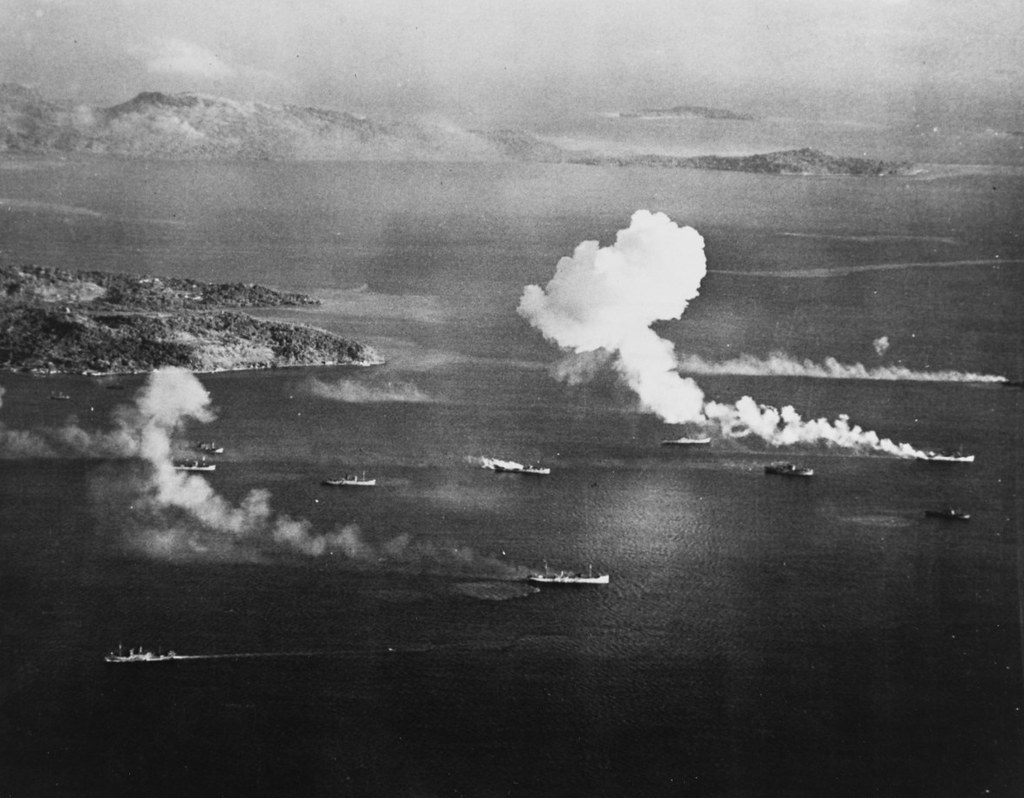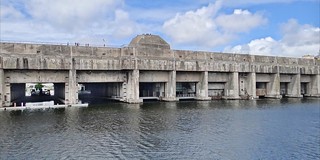Chuuk, the largest ship cemetery in the world in some former Spanish islands in the Pacific
There was a time when it was said that the sun did not set in the Spanish Empire, since it had territories all over the world.
Of all these territories, the most distant from the Iberian Peninsula were the Caroline Islands, located in the Pacific Ocean and discovered by the Spanish explorer Alonso de Salazar in 1526. The most remote of Those islands were Kosrae, which we already talked about here. Today, a part of the former Caroline Islands form the Federated States of Micronesia, a federal republic made up of more than 600 islands divided into four states: Yap, Chuuk, Pohnpei and Kosrae.

The Chuuk Islands, also known as Truk, were the central part of the Caroline Islands and today they are also part of the Federated States of Micronesia. The capital and largest of the Chuuk Islands is Weno (formerly called Moen), which has an area of 18.6 square kilometers and more than 17,000 inhabitants. The Spanish presence on these islands was rather symbolic: there was never any permanent military or administrative establishment. In 1886 the belonging of these islands to Spain was reaffirmed with a raising of the Flag. The last Spanish expedition to that area took place in 1895, three years before the loss of the Spanish overseas possessions. However, the Spanish presence on the islands continued during the 20th century thanks to Jesuit missionaries and Mercedarian missionaries from Spain.

In 1899, Spain sold the Caroline Islands to Germany. In 1914 the Japanese Empire took over the islands due to the beginning of the First World War, in which Japan was an ally of the United Kingdom. During the Second World War, the indigenous Austronesian people of Chuuk lived through a true hell, when the main base of the Fourth Fleet of the Imperial Japanese Navy was established there, with a garrison whose dimensions (37,000 soldiers and sailors) exceeded the capacity of the island's already scarce resources and far exceeded the number of inhabitants (then 9,000). The Japanese confiscated the homes and food of the Chuuk indigenous people, pushing many of them into malnutrition and starvation.

On February 17 and 18, 1944, within the framework of Operation Hailstone, the US Navy and Army Air Forces carried out an offensive with 30 air attacks against the Japanese base at Chuuk Lagoon, dropping 369 1,000-pound bombs, 498 500-pound bombs and 70 torpedoes. Because of this attack, the Japanese lost 250 of the 275 aircraft and more than 50 ships they had on the islands. The attacks left 4,000 Japanese soldiers and sailors dead. All five landing strips and seaplane bases on the islands were disabled.

At the end of World War II, the Caroline Islands remained in the hands of the United States. In 1979 the Federated States of Micronesia declared themselves an independent republic, and in 1986 they signed a Treaty of Free Association with the United States. Today, one of Chuuk's greatest economic resources is the naval cemetery in its lagoon: it is the largest in the world, and attracts divers from many countries.

The Spanish footprint is still maintained in Chuuk today, especially in its Cathedral, dedicated to the Immaculate Heart of Mary. Thanks to the work of Spanish missionaries, today half of the population of Chuuk is Catholic.
In February, Peter Neubauer published this video diving around the wrecks of the Japanese boats from Chook Lagoon:
About the importance of this naval cemetery for those islands, and about the controversies it generates in Japan, Rare Earth posted this video in August talking about the tourism generated by the skulls and other eggs of Japanese soldiers from Chook Lagoon. The islands charge to see them, in a macabre way of compensating for the damage that the Japanese occupation caused to the indigenous people:
---
Main photo: Marek Okon. Image of Weno, capital and largest island of the Chuuk archipelago.
|
Don't miss the news and content that interest you. Receive the free daily newsletter in your email: Click here to subscribe |
- Lo más leído
- A large collection of Volkswagen cars hidden in an abandoned mine in Switzerland
- The Saint-Nazaire submarine base, one of the last bastions of nazi Germany
- The 'Bomber Glacier': The wreckage of a B-29 on a remote mountain of Alaska
- The infiltration of a group of Spanish explorers into the Russian aircraft carrier Minsk
- The unknown Soviet female cosmonaut who died on a mission: history or hoax?
- The supermassive black hole of Phoenix A, the biggest known light-devouring monster
- An old Soviet military plane abandoned from 1971 on a Russian island near Alaska

 ES
ES





Opina sobre esta entrada: